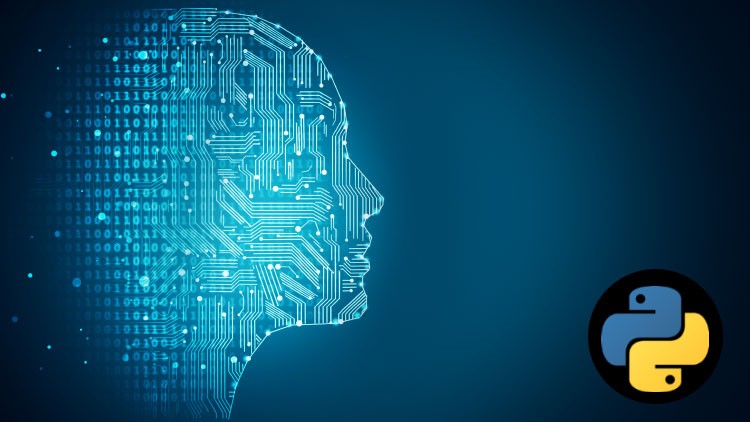
This course is a comprehensive understanding of AI concepts and its application using Python and iPython.
What you will learn
Learn What is Artificial Intelligence, Intelligence and Applications of AI.
Learn Problem solving using AI, AI search algorithms, Informed (Heuristic) Search Strategies.
Learn Local Search Algorithms, Learning System, and Common Sense
Learn Genetic algorithms, Expert Systems, and Scikit-learn module
Description
Artificial intelligence is the simulation of human intelligence through machines and mostly through computer systems. Artificial intelligence is a sub field of computer. It enables computers to do things which are normally done by human beings. This course is a comprehensive understanding of AI concepts and its application using Python and iPython.
The training will include the following;
- What is Artificial Intelligence?
- Intelligence
- Applications of AI
- Problem solving
- AI search algorithms
- Informed (Heuristic) Search Strategies
- Local Search Algorithms
- Learning System
- Common Sense
- Genetic algorithms
- Expert Systems
- Scikit-learn module
What is Artificial Intelligence?
The first idea of artificial intelligence was given by scientist Mr. Alan Turing around the time of the second world war. He suggested building a machine that can mimic the understanding of human intelligence and act like a human.
Artificial Intelligence today is used in all fields of work specifically banking, insurance, manufacturing, retail, logistics and so on. Its application in medical diagnosis, robots, remote sensing, etc. is a high state of the art.
AI as a subject includes the use of computer science, mathematics, statistics and domain expertise.
AI has great advantages and so of them are mentioned below:
- It provides greater precision and accuracy on detection and prediction
- Robots trained on AI can be used to do the works which are difficult for us
- AI has created newer technological breakthroughs in our life
- Fraudulent activities such as credit card transactions have become easier with AI technologies
- AI can be used in time-consuming tasks and it can save a lot of time by becoming more efficient.
You will be able to build the following as a practical project: –
- Classifiers of various types
- Logic Programming based optimizers
- Heuristic Search performed on NP-complete problems
- Natural Language Processing on text data
- Machine Learning in general for several kinds of data
- Logic and reasoning for model evaluation and interpretation
- Rule-based Programming for business use cases
- Decision Making based on AI and ML
- Stochastic methods such as time series and HMM
Content